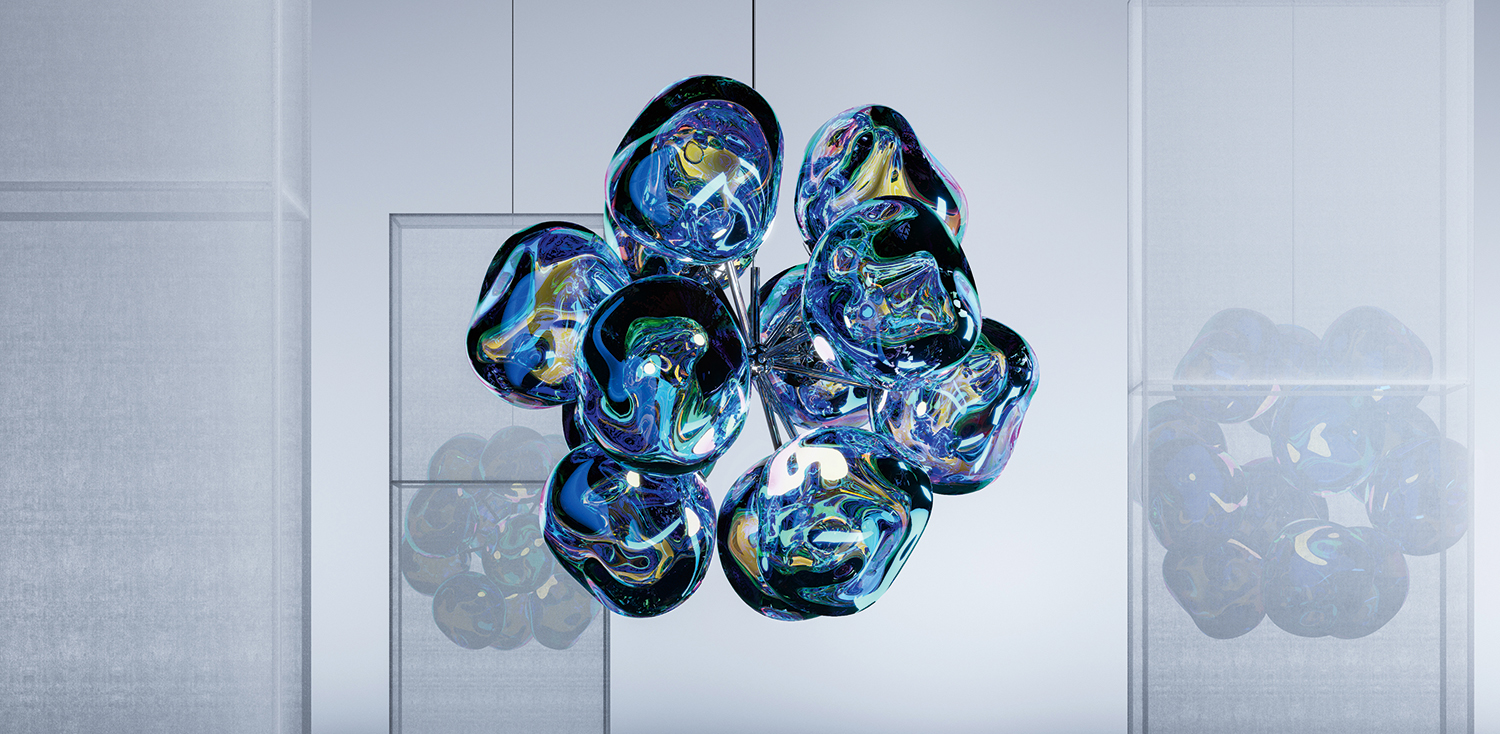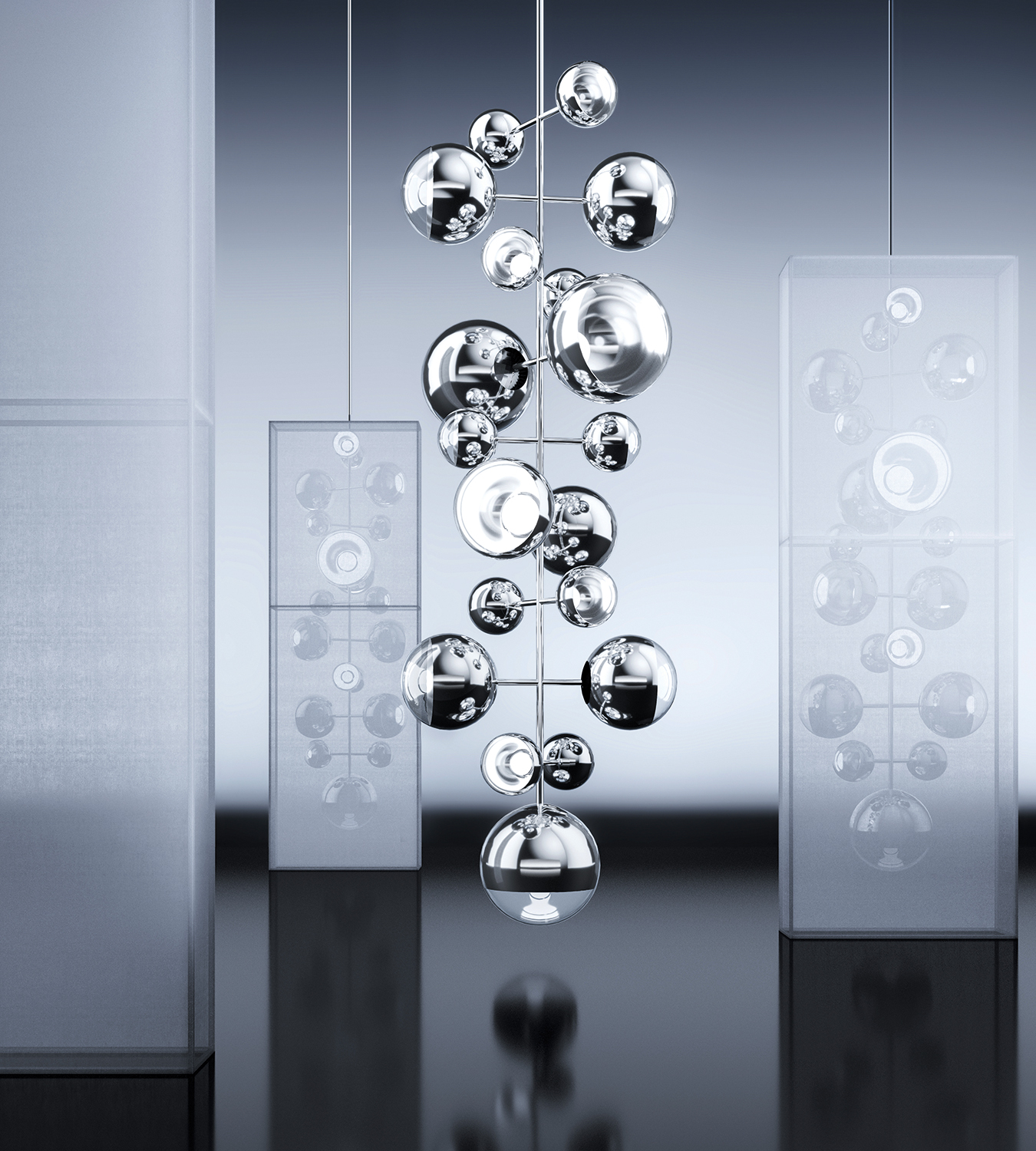Tom Dixon on the future of design, sustainability, and exactly how to light a room right now
Superstar designer Tom Dixon explains how he's updating his design classics, and how to successfully light wash a room

British designer Tom Dixon has become a global mega-brand. Having started his brand 20 years ago, he is famous for creating interiors for private members clubs like Shoreditch House, and hotels like Sea Containers, and for making a raft of modern classic products like the Copper Ball pendant light.
He began his career as somewhat of a punk of the modern interior design world, creating pieces in a studio alongside the now-world-renowned architect Thomas Heatherwick. His work got put into production by Cappellini, and then he became the Creative Director of the much-loved British brand Habitat. More recently, he opened a flagship store and restaurant as the jewel of the crown in London's Coal Drops Yard, and as is credited with putting King's Cross on the design map.
Every time I speak to Tom, I'm struck by how much thought he puts into every piece, every room, that he creates. He is continually concerned with whether his creations will answer specific problems we face today. Last week, I visited his latest show at Salone del Mobile, and was met with a reinvention of some his classic products, now in sustainable materials, in a palazzo as grand as his light fittings.

Instead of using wallpaper for a statement wall as in the 90s, use light to create a wash instead
Tom Dixon
The perfect shapes for home working
Pip Rich: I always feel like your designs were made for a social world - rooms to have fun and gather in, and then Coal Drops Yard is literally a place to get together at. How are you feeling about the role of design right now?
Tom Dixon: King’s Cross is a unique place. It’s great to see life coming back again and people keen to go out again.The thing I’m surprised about is how few people - especially younger ones - who don’t want to go back to an office. Working from home is here to stay.
PR: And is that change in expectation for home offices informing how you’re designing?
TD: Yes. I’m busy making a chaise longue prototype of the Wingback chair we did for Shoreditch House, which will be upgraded with some functions for the modern world. We created that chair originally to cocoon you as you drank your nighttime cocktail, but then wifi arrived and suddenly it was a place to hide the phone you weren’t meant to be using in any of the Soho Houses at the time. So now I’m making it more enclosed, more comfortable, more space for both you and your laptop.
The Livingetc newsletters are your inside source for what’s shaping interiors now - and what’s next. Discover trend forecasts, smart style ideas, and curated shopping inspiration that brings design to life. Subscribe today and stay ahead of the curve.
New sustainable materials

PR: Is home working what you’re thinking about on your cycle rides around the city? You’ve told me before this is when you ponder design’s great questions.
TD: I’ve recently bought a greenhouse studio on an orchid farm in Sussex, and so now I’m contemplating while driving up and down between London and there. Everyone seems to be keen that we celebrate the 20th anniversary of Tom Dixon, but I’m more interested to look ahead. I’m inspired by the noble attitudes of a lot of the 1960s designers - Pierre Paulin, Ettore Sottsass, people who lived through war and had an idealistic view of what design can do. I want to upgrade some of our best sellers and look at more sustainable materials and practices.
PR: Is this what you’ll be showing in Salone del Mobile in Milan this month? I’ve seen a sneak peek of the Melt light in its new blue shade.
TD: Our Mirror Ball light is now an antique product - I’ve actually seen it in an antiques store - so that is having an invisible makeover with 100% recycled plastic. We’re trying the S chair in latex, which is foraged plastic from the rubber tree, and I’m doing a cousin to the Fat chair, called the Slim chair, which is decreasing the amount of materials we need to use.
The secret to light washing
PR: Have you noticed a change in the way people want to decorate, and what colours and styles they’re being drawn to?
TD: The colours we like are very cyclical. Right now, my choice is lavender, which is very calming. I’d use it matte, with a bit of pink, a bit of green.
PR: You’re the third designer this year to tell me they’re into lavender. Robert Stilin, Brigette Romanek, now you. I’m calling it - the surprise new trend that is going to be everywhere. The new neutral!
TD: It’s quite hard to use though. Perhaps keep it to textiles.
PR: I don’t know - I’m drawn to its softness. If you get the right shade it shimmers in the light. Speaking of, as the master of modern lighting, I’d be remiss if I didn’t ask you how you’re using it right now.
TD: We’re celebrating the LED, the revolution of which has opened up a vast array of possibilities. Our lighting system gives the option of different colour temperatures, and uses about an eighth of the power of standard bulbs. What I’d suggest is bringing light to different spots in the room - there is a theatricality if you illuminate different areas. Look behind furniture, light behind a sofa to make a wash on the wall - instead of using wallpaper for a statement wall as in the 90s, use light instead. Sticky tape LEDs are ideal, spreading the light and avoiding a flood of top lighting. Obviously you need one of my statement pendants, but recessed spots can be so unflattering, so instead, think about which surfaces you want to light, and go from there.
The editor of Livingetc, Pip Rich (formerly Pip McCormac) is a lifestyle journalist of almost 20 years experience working for some of the UK's biggest titles. As well as holding staff positions at Sunday Times Style, Red and Grazia he has written for the Guardian, The Telegraph, The Times and ES Magazine. The host of Livingetc's podcast Home Truths, Pip has also published three books - his most recent, A New Leaf, was released in December 2021 and is about the homes of architects who have filled their spaces with houseplants. He has recently moved out of London - and a home that ELLE Decoration called one of the ten best small spaces in the world - to start a new renovation project in Somerset.